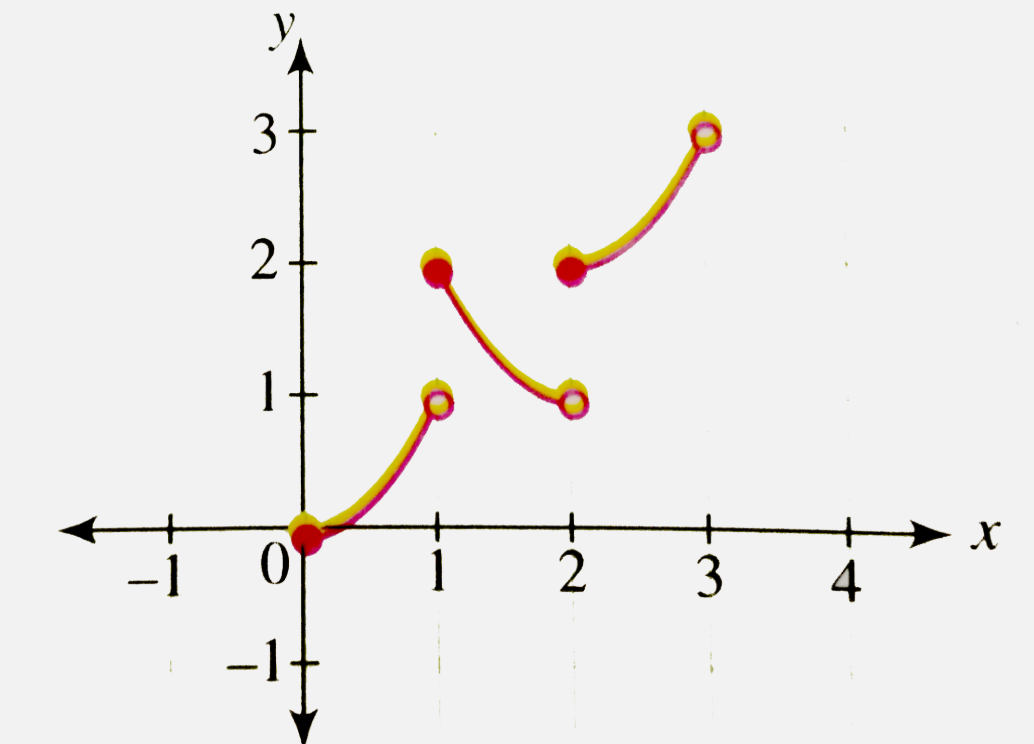Let f(x)=1−cx1−c2. If f(x)>0 for évery x greater than zero. Then the number of integers in the range of c isSolution in Tamil
The correct Answer is:1
Step by step video & image solution for Let f(x)=(1-c x)/(1-c^2) . If f(x) gt 0 for évery x greater than zero. Then the number of integers in the range of c is by Maths experts to help you in doubts & scoring excellent marks in Class 12 exams.
Updated on:21/07/2023Topper's Solved these Questions
- FUNCTIONSBOOK - CENGAGECHAPTER - FUNCTIONSEXERCISE - Comprehension Type
7 Videos
- EQUATION OF PLANE AND ITS APPLICATIONS -IIBOOK - CENGAGECHAPTER - EQUATION OF PLANE AND ITS APPLICATIONS -IIEXERCISE - DPP 3.4
18 Videos
- GETTING STARTED WITH GRAPHSBOOK - CENGAGECHAPTER - GETTING STARTED WITH GRAPHSEXERCISE - Exercise
18 Videos
Similar Questions
Let f(x)=x2−2x−1∀x∈R Let f:(−∞,a]→[b,∞), where a is the largest real number for which f(x) is bijective. If f:R→R , g(x)=f(x)+3x−1 , then the least value of function y=g(|x|) is
View SolutionLet A(0,6,6), B(6,6,0) and C(6,0,6) are three points and point D is moving on the line x+z−3=0=y. If G is centroid of ΔABC, then minimum value of GD is
View SolutionDoes the following graph pass the vertical or horizontal line test ?

View SolutionLet f(x)andg(x) be differentiable for 0≤x≤1, such that f(0)=0,g(0)=0,f(1)=6. Let there exists real number c in (0,1) such taht f′(c)=2g′(c). Then the value of g(1) must be 1 (b) 3 (c) −2 (d) −1
View SolutionLet f(x)={ax2+1, x>1, x+1/2, x≤1 Then, f(x) is derivable at x=1 , if a=2 (b) b=1 (c) a=0 (d) a=1/2
View SolutionIf f(x) is twice differentiable and continuous function in x∈[a,b] also f'(x)>0 and f''(x)<0 and c in (a,b) then f(c)−f(a)f(b)−f(a) is greater than
View SolutionLet f(x)=(x−1)(x−2)(x−3) then prove that there is more than one 'c' in (1,3) such that f'(c)=0
View SolutionIf ∫1(1+x2)√1−x2dx=F(x)+c and F(1)=0,
then for x>0,F(x)=
View SolutionLet ∫dx√x2+1−x=f(x)+C such that f(0)=0 and C is the constant of integration, then the value of f(1) is
View SolutionLet f(x) have second derivative at c such that f'(c)=0 and f''(c ) gt 0, then c is a point of :
View Solutionf(x)=|x|x এবং c শূন্য ছাড়া যেকোনো বাস্তব সংখ্যা হলে, দেখাও যে, |f(c)−f(−c)|=2 ।
View SolutionLet f(x)=absinx+b√1−a2cosx+c, where |a|⟨1,b⟩0 then (a) maximum value of f(x) is b if c=0 (b) difference of maximum and minimum values of f(x) is 2b (c) f(x)=c if x=−cos−1a (d)f(x)=c if x=cos−1a
View SolutionLet f(x)={ax2+1, x>1, x+1/2, x≤1 Then, f(x) is derivable at x=1 , if a=2 (b) b=1 (c) a=0 (d) a=1/2
View Solutiona>1 is a real number f(x)=logax2 , where x>0 If f−1(x) is a inverse of f(x) and b and c are real numbers then f−1(b+c) = ......
View SolutionLet f(x ) = (x - 1)(x - 2)(x -3). Prove that there is more than one ‘c’ in (1,3) such that f ’(c) = 0
View SolutionLet f (x) and g (x) be differentiable for 0 < x < 1 such f(0)= 0 , g (0) =0, f(1)=6. Let there exist a real number c in (0, 1) such that f’ (c) =2g’ (c), then the value of g (1) must be A) 1 B) 3 C) 2.5 D) -1
View Solution
